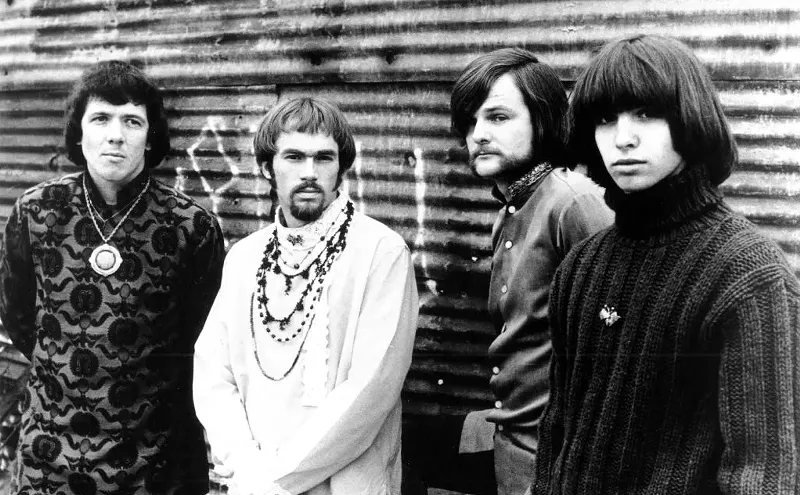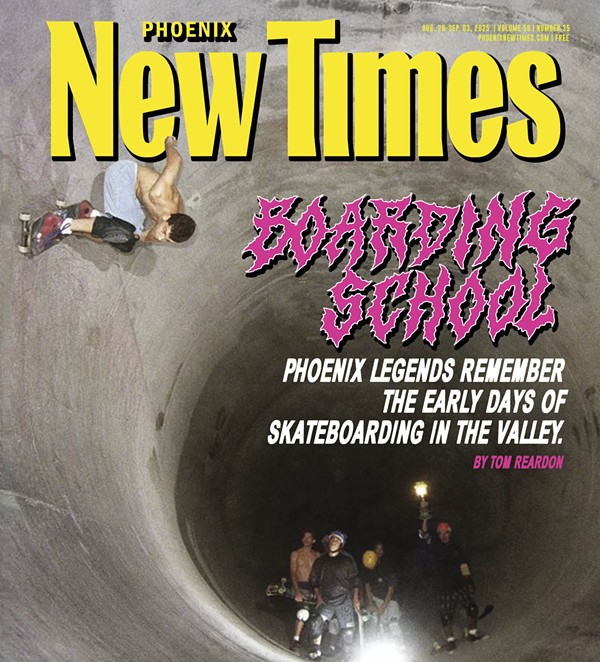Artist: Danger Mouse & Sparklehorse
Title: Dark Night of the Soul
Release date: July 13
Label: Capitol
The "lost album" of Gnarls Barkley's Danger Mouse and Sparklehorse (a.k.a. the late singer-songwriter Mark Linkous) was finally officially released today after more than a year in legal limbo. A cast of thousands (including Iggy Pop, Suzanne Vega, Vic Chesnutt, Flaming Lips, Black Francis, Julian Casablancas of The Strokes, and the singers from The Cardigans and Grandaddy) contribute to the often-haunting, sometimes transcendent, sometimes disjointed, but always compelling record.
This is Danger Mouse's second major collaborative release this year, and though I know very little about Gnarls Barkley, I feel like I should start following his career more closely. I thought Broken Bells (with one of the guys from The Shins) had a lot of strong moments and, now, there's Dark Night of the Soul. Seems Danger Mouse has a fairly exceptional taste level as a songwriter and producer, knowing how to reward listeners with subtlety and nuance while not burying his treasures too deeply.
Just as he did with The Shins' James Mercer (in Broken Bells), he seemed to have found a good foil in Linkous, too, even though Mercer and Linkous shared very little, stylistically and thematically. Linkous' Sparklehorse was a bleak, somber take on alt-country, with his fragile vocals not exactly hiding what seemed to be a fragile psyche. Linkous killed himself a few months ago, and one listen to Dark Night of the Soul gives you an indication of the darkness in which Linkous might have seen himself living in.
To add to the darkness, there's filmmaker David Lynch's participation in the project. A deluxe package of the CD supposedly includes a book of photos made by Lynch to coincide with the songs on Dark Night of the Soul. Lynch also sings on a couple of songs, including the final song, which is the title track. His vocal croak suits the unsettling tune.
The songs on the record dabble in several different sounds but each manages to maintain Sparklehorse's spare, American Gothic style as well as Danger Mouse's more modern touches. Thrown into the mix is some Flaming Lips-style psychedelia and a lot of spacey, damaged night-time music. As a whole, it's effective in conveying a late evening spent alone. Only a stretch of uptempo rock songs (sung by Casablancas, Iggy, and Black Francis) briefly kills the mood. Particularly, Iggy's song, "Pain," is the lowlight on the record.
If we're lucky, there will be more music to emerge from these sessions over the years. If not, at least we're left with another strong document by Sparklehorse to solidify his legacy as one of indie rock's better songwriters.
Danger Mouse & Sparklehorse - Insane Lullaby (featuring James Mercer)
Best song: "Dark Night of the Soul (feat. David Lynch)." I also really like the two songs featuring female singers, "Daddy's Gone (feat. Nina Persson of The Cardigans)" and "The Man Who Played God (feat. Suzanne Vega)." These three make up three of the four last songs on the record, a rather dark final act.
Rotation: Medium-heavy
Deja vu: The should-be soundtrack to a David Lynch film.
I'd rather listen to: Big Star's Third (a.k.a. Sister Lovers)
Grade: B+
The "Nothing Not New" Archives












